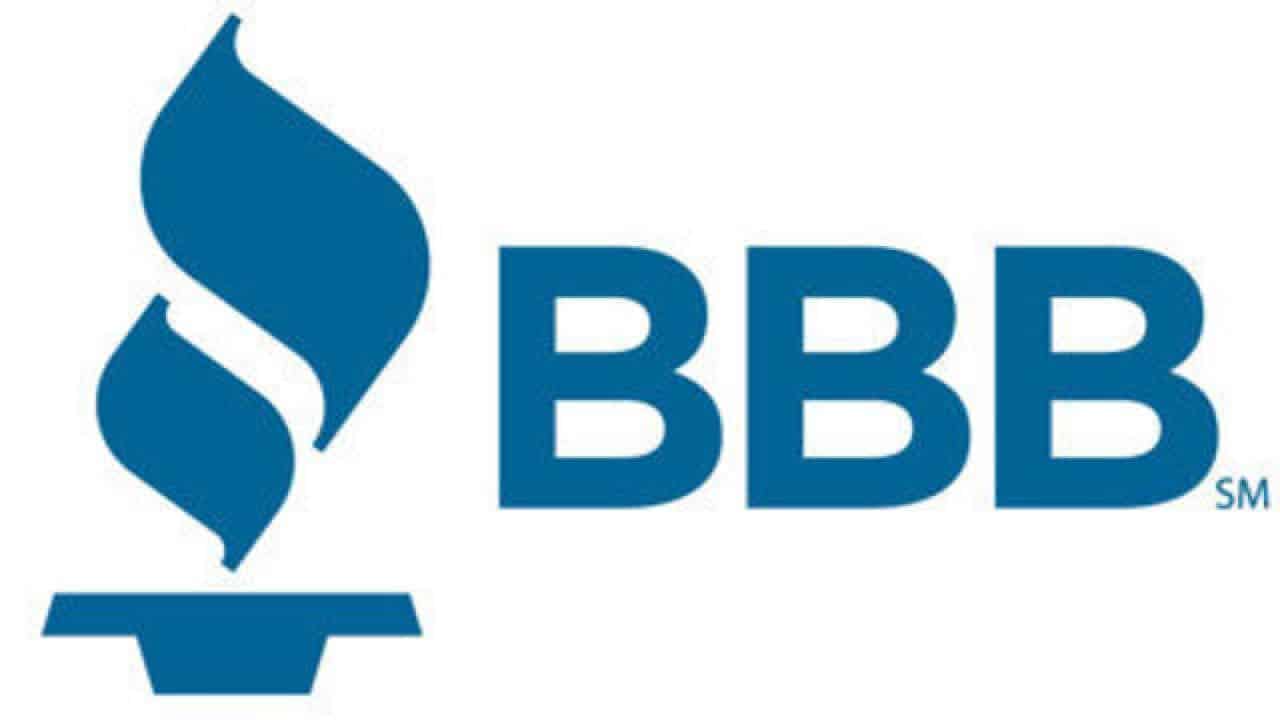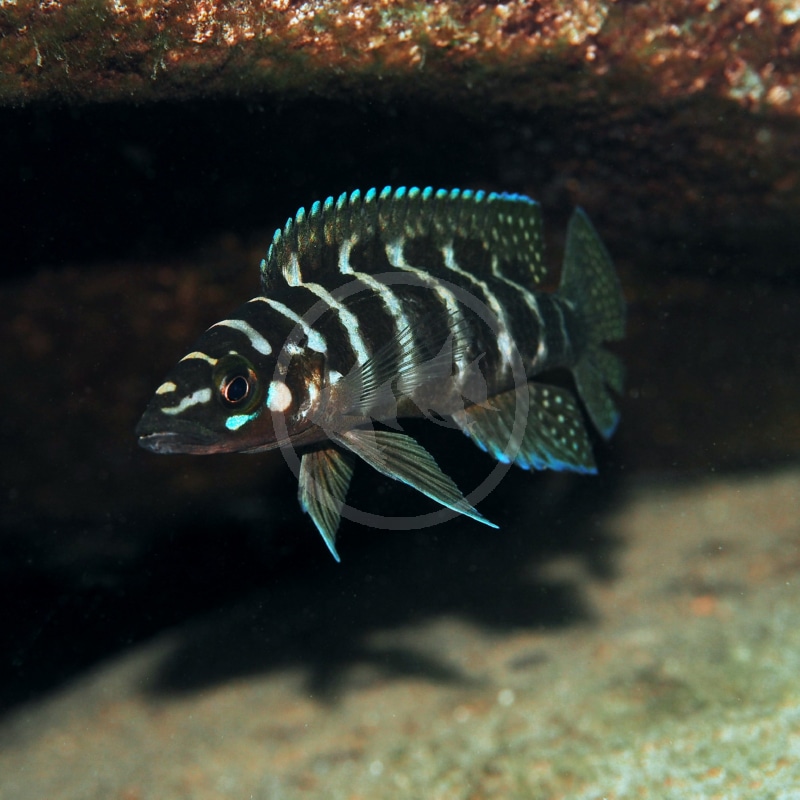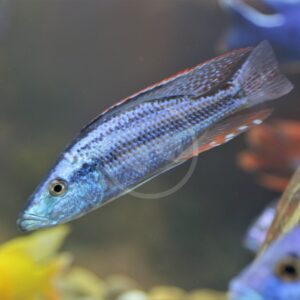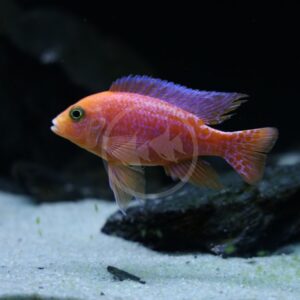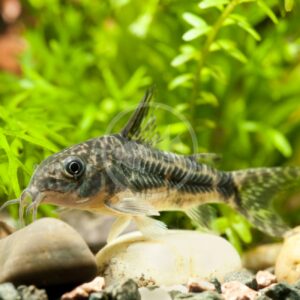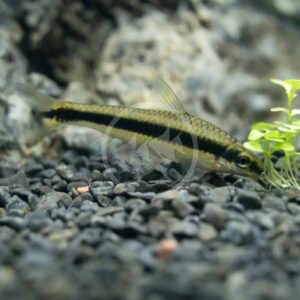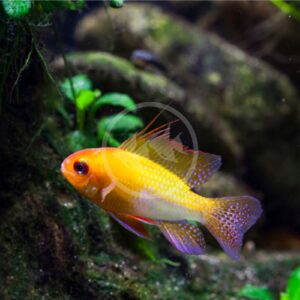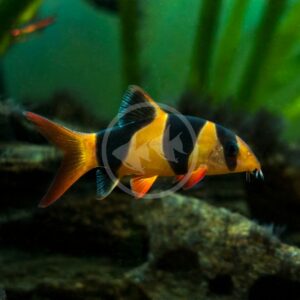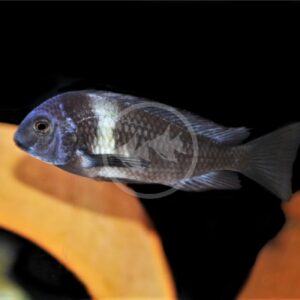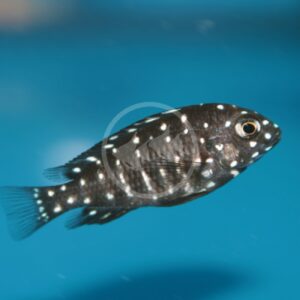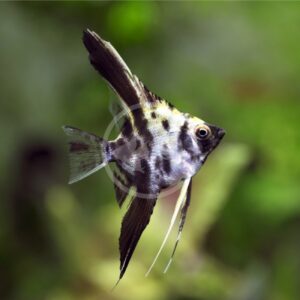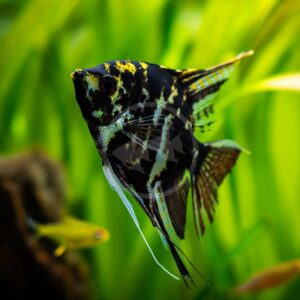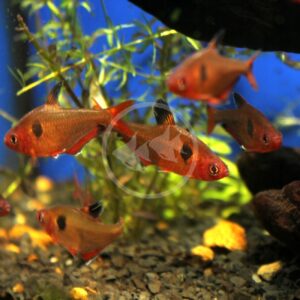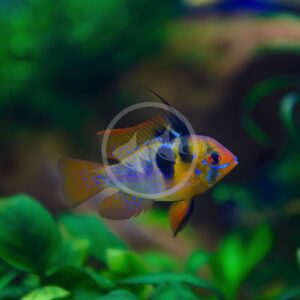Care Level: Easy
Temperament: Semi-Aggressive
Live Plant Safe: With Caution
General Description: Cylindricus are endemic to rocky rubble areas of Lake Tanganyika in Africa, but the majority of specimens available in the aquarium trade are commerically produced. A relatively hardy species and a good beginner African cichlid, Cylindricus are named after their torpedo-shaped body, which are buffy to white in color with many dark bands. It is difficult to tell males from females of this species. Cylindricus can be kept singly, as they are a solitary species in nature except during spawning, and will otherwise likely show aggression toward conspecifics. If breeding is of interest, it is best to acquire a group of 5 or more juvenile individuals, allow them to sexually mature and observe which individuals are pairing off. Avoid mixing Cylindricus with Leleupi (Neolamprologus leleupi) due to both the potential for aggression (similar body shape) and hybridization. An adult Cylindricus will grow to approximately 5″.
Diet Requirements: A diet made up of various high quality protein and vegetable based foods are ideal. Such options include frozen brine shrimp and blood worms, and foods containing Spirulina algae are a plus. Cylindricus will accept sinking pellet foods and flake foods as a staple, but these should not make up the majority of their diet. Variety is the spice of life in order to maintain color, immune function and longevity of your fish.
Care Requirements: An established minimum 30 gallon aquarium is ideal for a Cylindricus. This cichlid cannot be put into a biologically immature aquarium. Bieekly water changes are encouraged to keep water parameters up to standard (Nitrates < 30 ppm). The aquarium should have a finer substrate, driftwood and rocks for this cichlid to feel at home. Stacked rocks to create many hiding spaces and caves are absolutely needed for this species, as Cylindricus do not stray far from such structures. African cichlid specific substrates, or even marine Aragonite substrate, are great choices because they will buffer the pH and alkalinity to levels characteristic of Lake Tanganyika that is needed for this species to thrive and spawn, if desired. Cylindricus are compatible with other like Tanganyikan cichlid species, but make sure tank mates are not too small to be eaten. There may be some territorial disputes with similarly shaped fish, such as Julidochromis, if the aquarium is not large enough. Recommended water conditions, 72-82° F, KH 10-20, pH 8.0-9.0.
Purchase Size: Small: 1-1/2” to 2”; Medium: 2-1/4” to 3”
Note: Your item may not look identical to the image provided due to variation within species. Purchase sizes are approximate.

